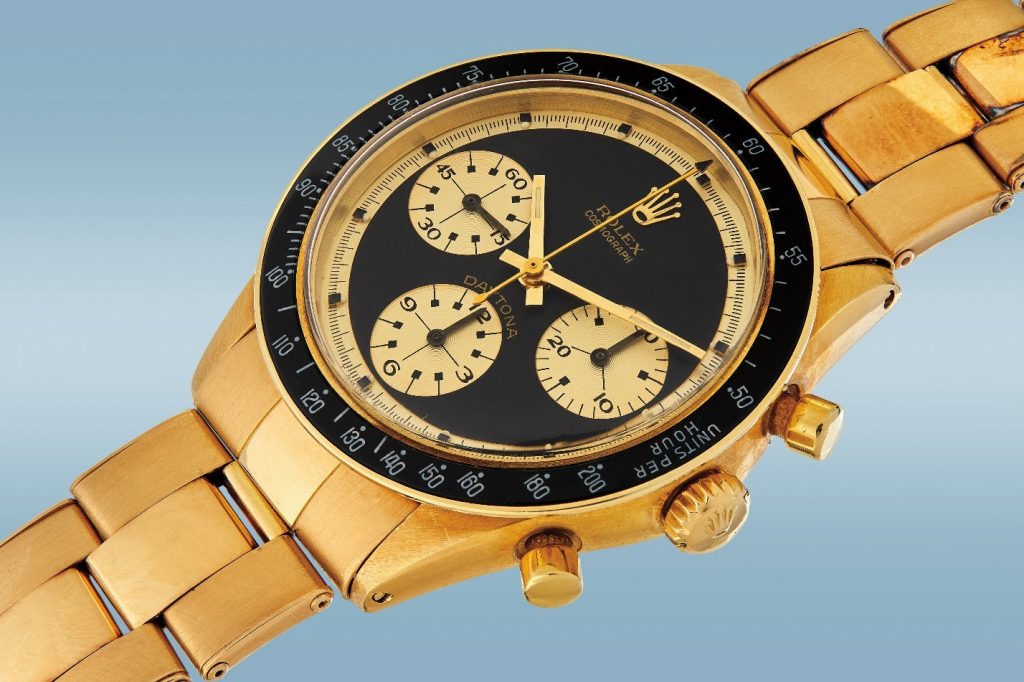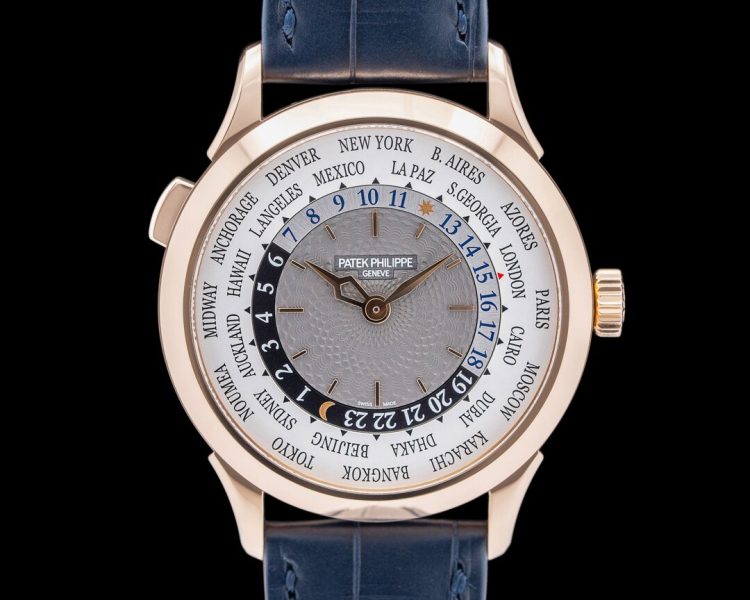In the rarefied world of haute horology, few names command the reverence reserved for Patek Philippe. Known for its restraint, mechanical sophistication, and generational prestige, the Geneva-based manufacture has long represented the pinnacle of Swiss watchmaking. But in the early 1970s, behind the mahogany doors of the Stern family headquarters, a decision was made that still reverberates through auction houses and collector forums today: Patek Philippe quietly and deliberately destroyed swaths of its production archives. No press release was issued. No official record was kept. The vaults were sealed, and the past—at least in part—was erased.
For a brand built on legacy, the incident is as ironic as it is mystifying. Why would a company whose value rests so heavily on provenance and precision obliterate its own memory? What secrets were lost in the purge? And how does this act affect the authentication—and market valuation—of watches made during a decade now shrouded in myth?
The Quiet Fire: What Happened Inside Patek Philippe in the 1970s
The destruction is widely believed to have occurred between 1973 and 1975, during a transitional period marked by two critical forces: the Quartz Crisis and a changing of generations within the Stern family. Quartz watches—cheap, battery-powered, and stunningly accurate—were flooding the market from Japan, challenging the relevance of mechanical timepieces. Sales of luxury watches plummeted. Swiss brands scrambled to modernize or die.
Internally, Patek Philippe was navigating a crisis of identity. Rumors persist that certain prototype models, special-order watches, and experimental references—never intended for public release—were logged and preserved in documents deemed “sensitive” or “non-representative” of the Patek brand. Faced with rising counterfeiting concerns and the fear that these obscure models might someday be mistaken for fakes or damage brand purity, the decision was made to eliminate the risk.
With a quiet stroke, entire production ledgers, technical blueprints, and customer order records for select watches were incinerated. Patek has never officially commented on the specific reasons, but seasoned insiders suggest the motive was as much reputational as logistical. In the Sterns’ eyes, perfection meant control—not just of watches, but of history.
The Authentication Dilemma: When Records Disappear
Today, watch collectors rely heavily on the company’s Extract from the Archives service, which allows owners to request an official document verifying the manufacture date, reference, and original configuration of a Patek Philippe watch. But for many watches made in the 1970s, no such extract is available. It simply doesn’t exist.
This void presents a profound challenge in an era when authentication is everything. Without factory records, some rare or unusual Patek models made during this period float in a liminal space—suspected of being “Frankenwatches” cobbled together from vintage parts or mislabeled fakes. Even reputable auction houses like Phillips and Christie’s must tread carefully, relying on third-party expertise, provenance from original owners, and forensic-level inspection of engravings, movement architecture, and aging patterns.
Ironically, the destruction of archives has created a black-market premium for ambiguity. A 1970s Patek that deviates from known references but carries strong material evidence of originality can fetch astronomical prices simply because it may be one of the mythical “lost models.” Mystery, it turns out, sells.

The Lost Legends: Three Ghost Models of the Patek Canon
Despite the record purge, whispers of specific “ghost” references—models that surfaced briefly and then disappeared—continue to circulate in elite collecting circles. These are the unicorns: watches so rare, so debated, that even Patek Philippe may no longer be able to confirm their existence.
1. The Ellipse Tourbillon (Ref. unknown, c. 1975)
According to accounts from former retailers in Geneva, a handful of Ellipse-shaped watches containing miniature tourbillon escapements were produced for internal testing. Only one example has ever publicly surfaced, in a private collection in the UAE. It bears a brushed gold dial with no signature, no serial number on the caseback, and an exposed tourbillon bridge visible through a sapphire caseback—something unheard of at the time. Whether this watch is authentic remains hotly debated. Without archival verification, it exists in a twilight of rumor and reverence.
2. The Nautilus 3700 with Integrated Bracelet Prototype (c. 1976)
Patek officially released the Nautilus in 1976, designed by Gérald Genta and launched with the now-iconic Ref. 3700. But sketches and collector testimonials hint that Genta had pitched an alternate version—slightly thinner, with a fully integrated bracelet and no lateral hinges on the case. One such model reportedly surfaced in Hong Kong in 2018 and was snapped up in a private sale for over $1.5 million. No movement number matched existing databases. If real, it could be the missing evolutionary link between the Royal Oak and the Nautilus. But again—no archives, no certainty.
3. The Arabic Calendar Calatrava (Ref. unknown, c. 1974)
Three watches, believed to have been custom-made for Middle Eastern royalty, were seen briefly at a Beirut watch salon in the late 1970s: classic Calatrava-style watches with full Hijri lunar calendar complications, including Arabic script on the day and month wheels. The movements bore no visible reference numbers and the dials lacked Patek branding. One watch—now missing—was rumored to have been presented to the Shah of Iran before his exile. If true, this would represent one of Patek’s earliest non-Western calendar complications, decades ahead of its official Persian calendar release in 2015.
From Mystery to Myth: How Loss Shapes Legacy
The deliberate destruction of historical records may seem like a self-inflicted wound. But in the world of ultra-luxury collecting, erasure can paradoxically elevate value. Patek Philippe’s act of archival amnesia has added an element of myth to the brand’s 1970s output. Each undocumented model is now a potential legend, a ghost in the machine whose origins may never be confirmed but whose allure grows with every whispered anecdote.
For modern collectors, the absence of records is both a curse and a calling. It invites deeper inquiry, fuels speculation, and pushes vintage watch culture closer to art collecting, where provenance is both detective work and poetry. This mystique reinforces Patek’s unique position—not just as a watchmaker, but as a curator of time itself.
In destroying its past, Patek Philippe may have preserved its soul. What remains is not a complete archive, but a canon laced with mystery—and in the world of fine horology, mystery is often worth more than fact.





































